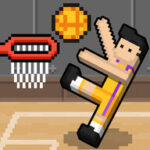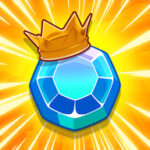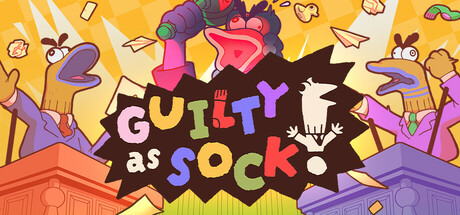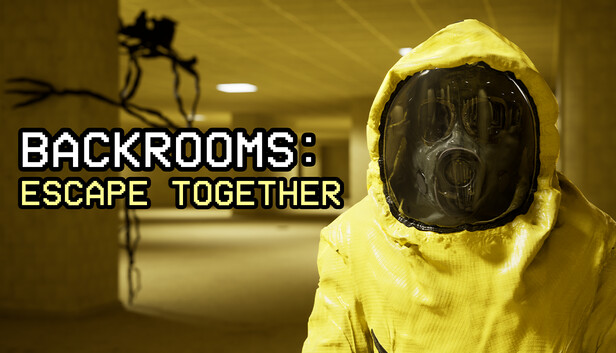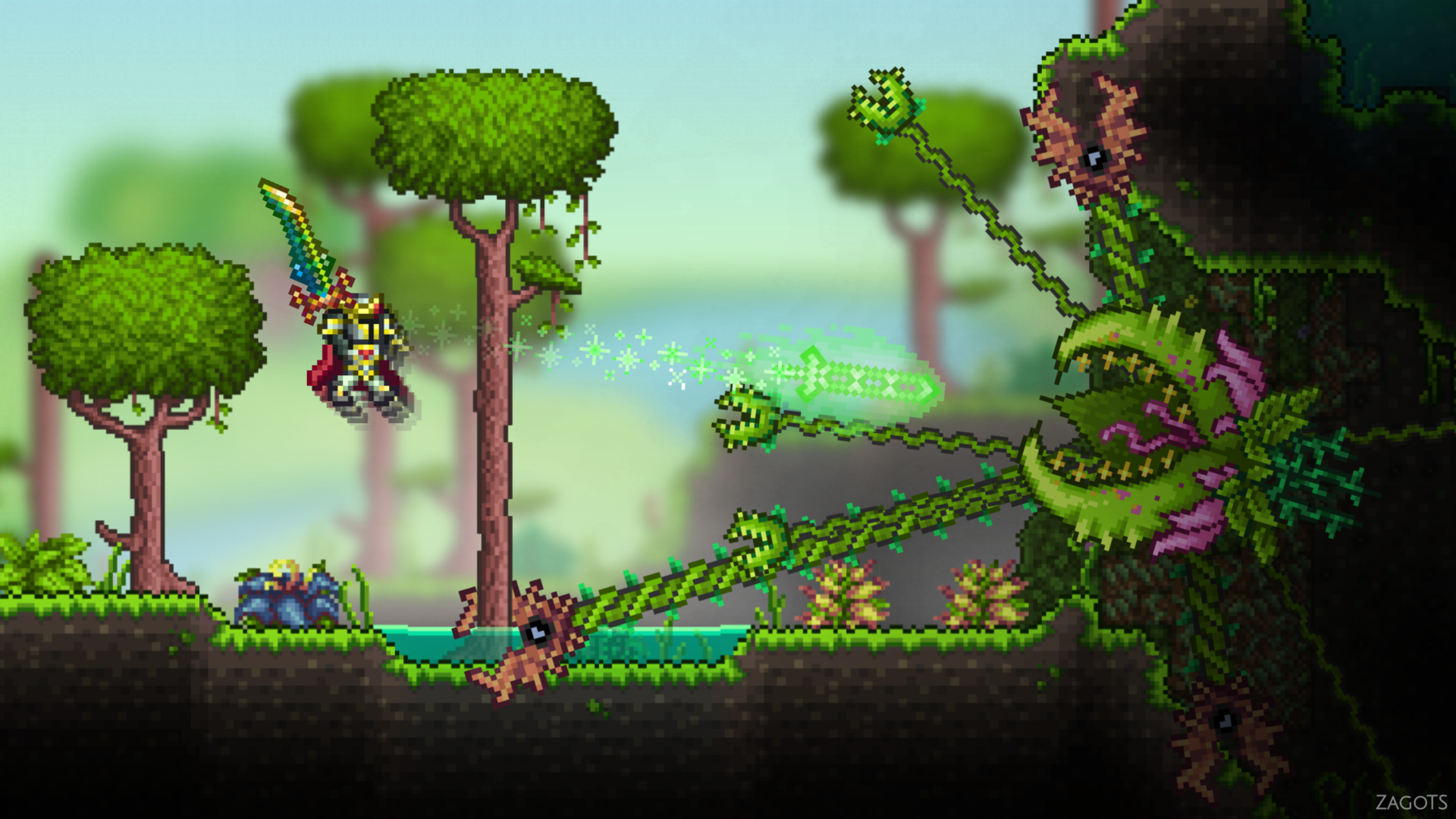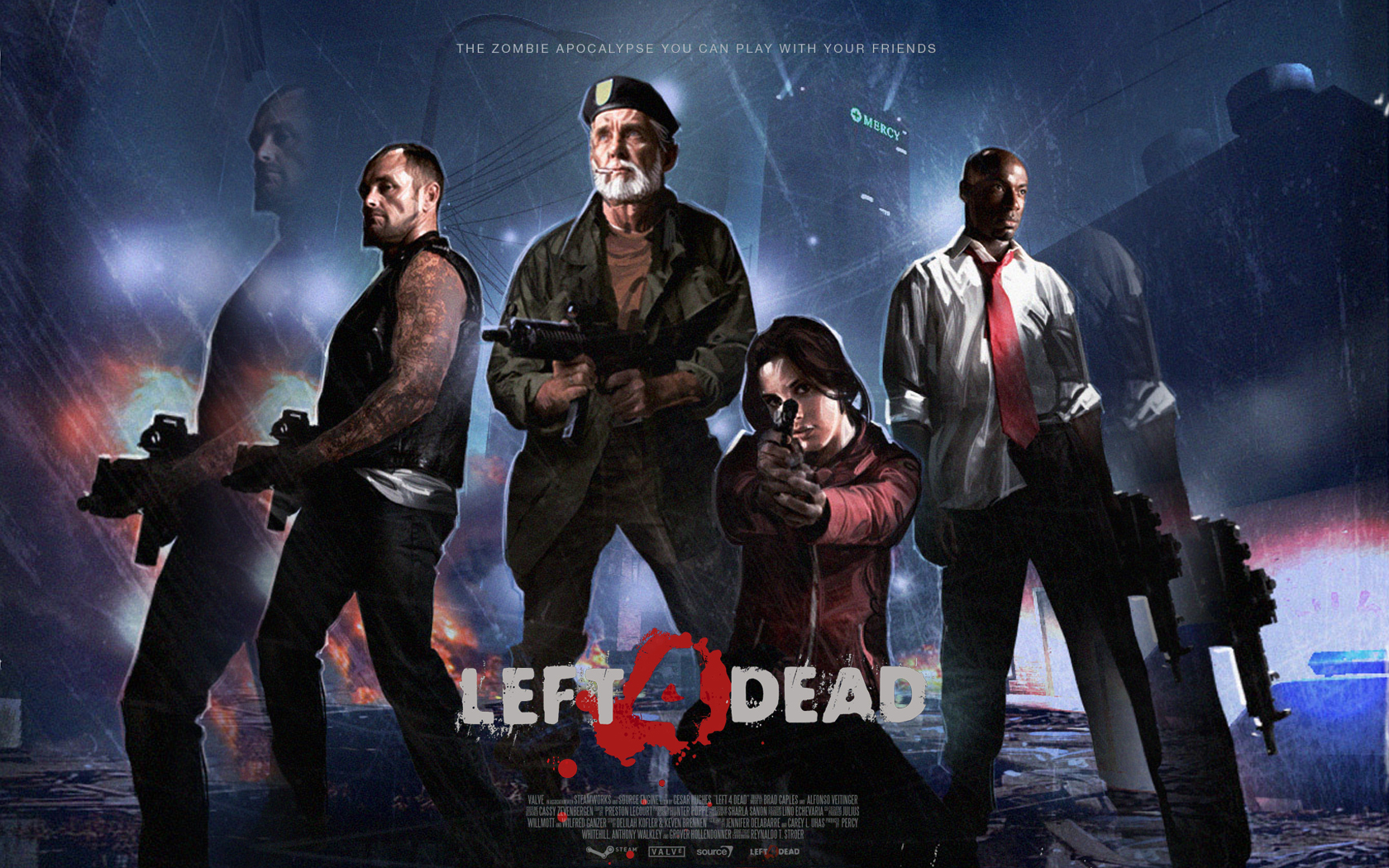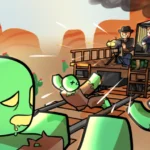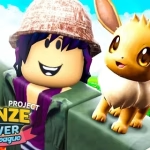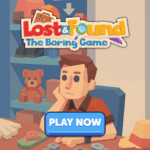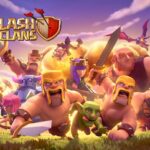 Introduction
Introduction
Simple, fast, and frustratingly addictive—Geometry Dash is a game that proves you don’t need hyper-realistic graphics or a complex storyline to keep players hooked. Developed by RobTop Games and released initially in 2013 for mobile platforms, this rhythm-based action platformer has built a massive following across all age groups. With its bright visuals, energetic soundtrack, and unforgiving levels, Geometry Dash feels like a retro arcade game reimagined for the mobile generation.
What started as a single-button jumping game evolved into a creative sandbox of rhythm-based gameplay, with thousands of custom levels, in-game editors, and a thriving community. Whether you’re a seasoned gamer looking for your next challenge or someone just passing time on your phone, Geometry Dash has something for you—if you’re brave enough to try.
But behind the simple aesthetic lies one of the most difficult and rewarding games in the mobile space. In this review, we’ll explore what makes Geometry Dash a standout platformer, its strengths and weaknesses, and why it still remains relevant over a decade after launch.
1. Core Gameplay: Rhythm Meets Reflexes
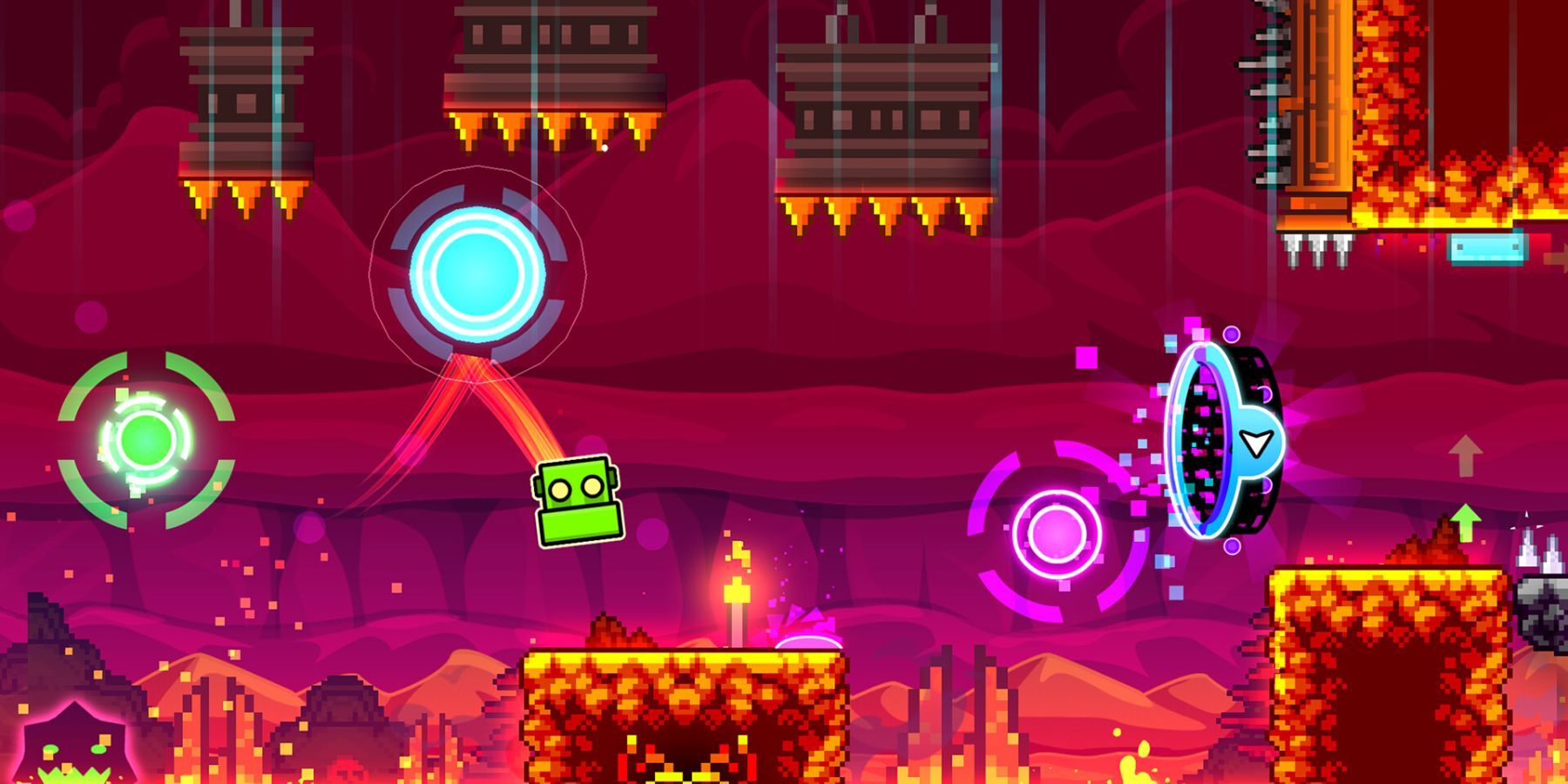
At its heart, Geometry Dash is a side-scrolling, rhythm-based platformer. You control a small cube that automatically moves forward, and your only input is to tap (or click) to jump. That’s it—just one action. Yet within this minimal control scheme lies an immense level of depth and challenge.
The levels are tightly synced to the music. Every jump, obstacle, and transition aligns with the beat of the soundtrack. This synergy between music and gameplay creates a unique flow, forcing players to rely not only on visual cues but also on audio rhythm. You’re not just playing a game—you’re playing along with the music.
Timing is everything. One mistimed jump, and it’s back to the beginning. No checkpoints. No continues. Geometry Dash teaches you through repetition. It punishes mistakes instantly, but rewards memorization, rhythm, and fast reflexes.
Later levels introduce new mechanics—gravity reversals, portals, ship flying, speed changes, and more—each adding layers of complexity without overcomplicating the controls. This gradual evolution keeps gameplay fresh and continuously engaging.
2. Levels and Design: From Frustration to Mastery

Geometry Dash features a selection of official levels, each introducing new gameplay elements. The early levels like Stereo Madness and Back on Track are accessible to beginners, while later ones such as Electroman Adventures, Clubstep, or Deadlocked crank up the difficulty to near-insane levels.
Each level is designed with precise rhythm and unforgiving timing. There's no randomness—everything is deliberately placed. Once a player learns the pattern, success becomes possible. It’s this blend of trial, error, and improvement that makes every victory satisfying.
The visual design is minimalist but vibrant. Levels explode with color and geometric patterns that pulse and animate in sync with the music. The lack of clutter is intentional—it keeps the focus on obstacles and rhythm.
Beyond the official levels lies the game’s true strength: user-generated content.
3. Level Editor and Community Content

One of Geometry Dash’s most celebrated features is its in-game level editor. Players can build their own levels using a wide array of tools—portals, triggers, moving platforms, decoration, and synced music. These levels can then be uploaded and shared globally.
Over the years, this has led to the creation of tens of thousands of custom levels, ranging from beginner-friendly stages to Extreme Demons—some of the hardest levels ever made in a platformer. The editor is incredibly robust for a mobile game, allowing for complex scripting, visual effects, and layered difficulty design.
Some community levels rival, or even surpass, the official levels in creativity and challenge. Levels like Bloodbath, Cataclysm, or Tartarus have become legendary, with thousands of players dedicating hours (even weeks) to beat them.
Geometry Dash has become a platform for creativity as much as it is a game. This user-generated content has kept the game alive and thriving well beyond its original shelf life.
4. Soundtrack: The Beat That Drives the Game

The music in Geometry Dash isn’t just a background feature—it’s integral to gameplay. Most of the official levels feature music from artists like DJVI, F-777, and Dex Arson, with energetic, high-BPM electronic tracks.
These songs are custom-synced to every obstacle, creating a sense of flow and immersion rarely seen in mobile platformers. The synergy between rhythm and challenge makes each level feel like a playable music video.
In user-generated levels, creators can upload their own songs (via Newgrounds integration), which leads to an even more diverse musical palette—dubstep, trance, chiptune, drum & bass, synthwave, and beyond.
The soundtrack is often cited as one of the biggest reasons players stick with the game through its hardest moments. It motivates, engages, and guides the player.
5. Difficulty and Learning Curve

Make no mistake—Geometry Dash is hard. Even the so-called “Easy” levels will test newcomers. With no mid-level checkpoints, the game demands perfection. Every successful level completion feels like a victory earned, not given.
This unforgiving difficulty is both a pro and a con. On one hand, it fuels a sense of accomplishment. On the other, it can easily frustrate less experienced or casual players. Some will see it as addictive. Others may quit early.
Fortunately, the game offers a Practice Mode, which allows you to place checkpoints and rehearse tough sections before attempting a full run. It’s a lifesaver for mastering difficult levels.
The skill ceiling is remarkably high, and top players in the community have honed their reflexes and memorization to near-superhuman levels. Geometry Dash rewards dedication—and it punishes impatience.
6. Graphics and Performance
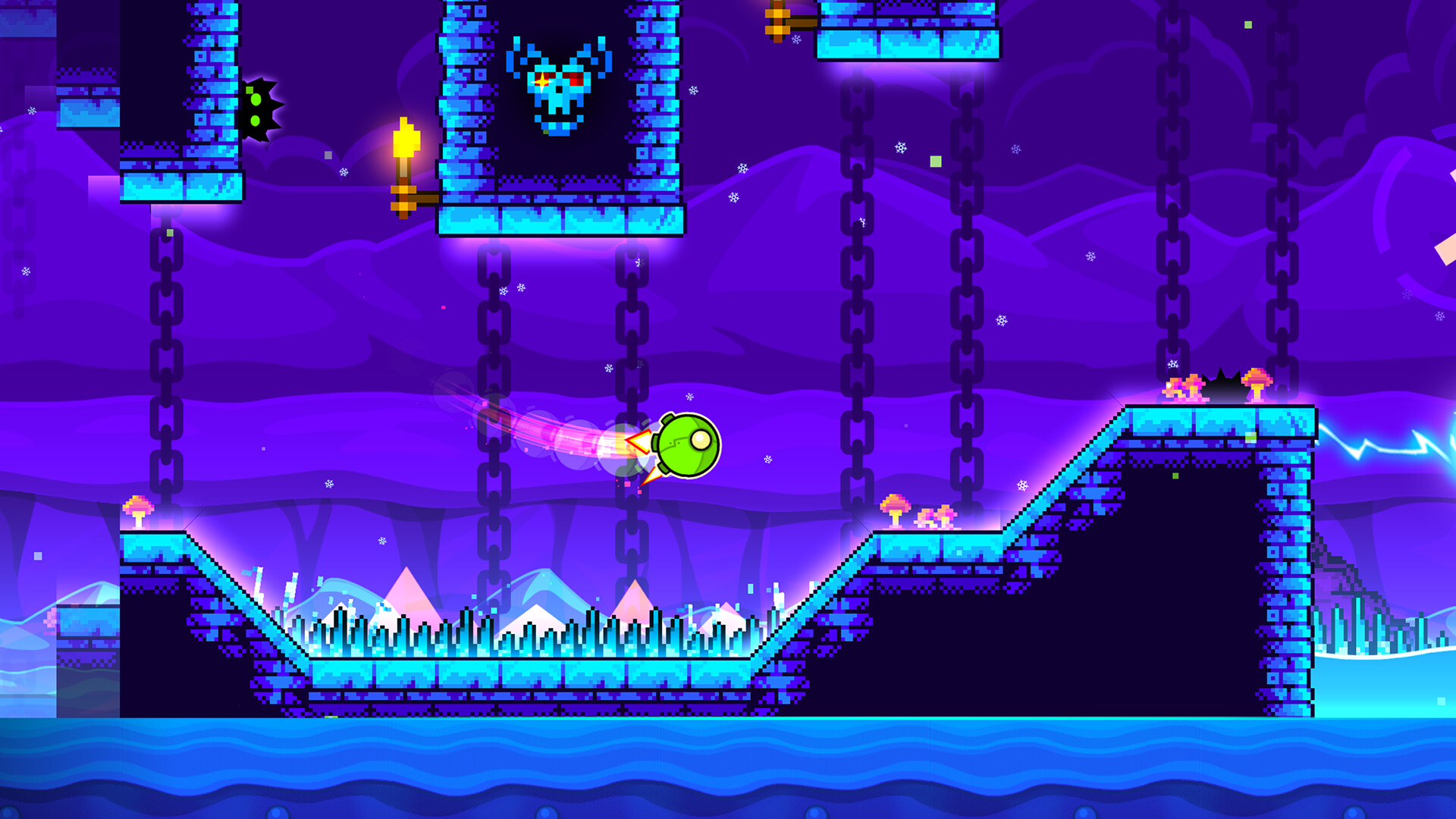
The visual style is simple, clean, and effective. Geometry Dash uses 2D vector-style graphics with sharp lines, bold colors, and geometric shapes. Effects like pulses, screen shakes, flashes, and moving platforms add dynamism without overwhelming the screen.
Because of its minimalistic design, the game runs smoothly on nearly every modern device—phones, tablets, or PC—with very few bugs or frame drops. That performance consistency is critical for a game where split-second timing can make or break a level.
While the graphics won’t win awards for realism or innovation, they are perfectly suited to the game’s rhythm-driven mechanics.
7. Customization and Player Identity
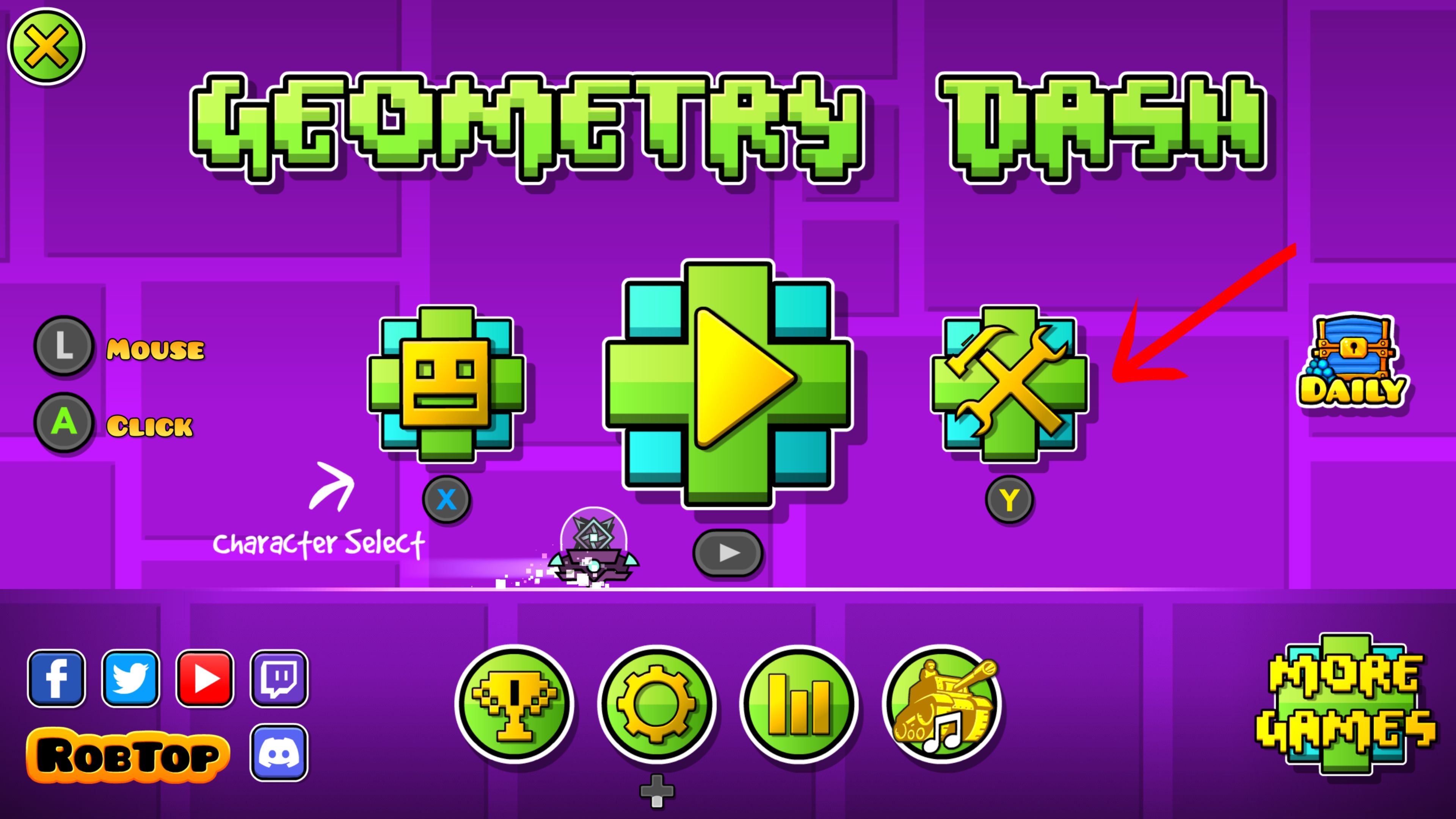
Geometry Dash allows players to unlock and customize their avatars. As you progress, you earn new icons, ships, UFOs, and trails through level completion, achievements, and collecting in-game currency (orbs, stars, coins).
These customizations don’t affect gameplay, but they help players show off their progress and add personal flair. In a community-driven game like this, customization becomes a status symbol. Top players often showcase rare icons earned through beating incredibly difficult levels.
It’s a small but effective motivator for players who want to stand out.
8. Game Modes and Variants

Geometry Dash isn't just a one-trick pony. Over time, the developer released additional game versions:
-
Geometry Dash Lite – Free version with limited official levels.
-
Geometry Dash Meltdown, World, and SubZero – Standalone mini-games with exclusive levels and songs.
-
Geometry Dash Editor and Geometry Dash Full – The complete version with level editing and full online access.
These mini-games offer new content for those who aren't ready to buy the full version but still want a taste of the experience.
9. Longevity and Updates

Despite launching in 2013, Geometry Dash has remained relevant and popular through constant community engagement and periodic updates. Developer RobTop is known for his direct involvement with the fan base, often teasing updates and improvements.
The long-awaited Update 2.2, teased for years, is one of the most anticipated in mobile gaming history. It promises massive new features, UI overhauls, multiplayer elements, and more building tools.
Even without frequent updates, the community keeps the game alive, pushing boundaries and creating new challenges constantly.

















